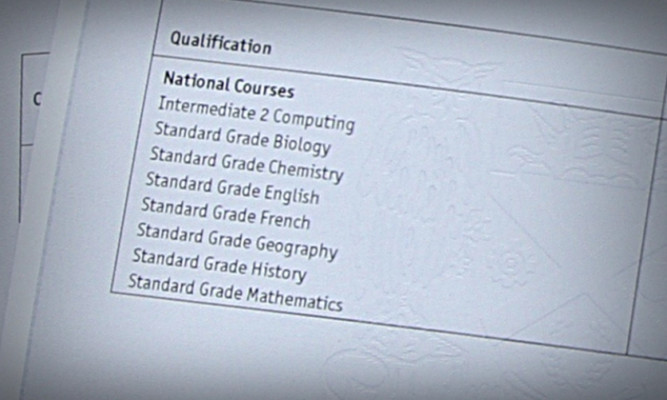Shocking figures have revealed more than a quarter of people in Tayside and Fife do not have any qualifications.
Details of the 2011 Scotland’s Census have been released for the first time and show huge gaps in educational attainment.
The same report also shows almost 7,000 residents aged 16 to 74 years had never worked, representing a significant proportion of the total Scottish average.
Dundee had the highest number of long-term unemployed respondents, with 4,034.2 (16.2%) admitting they have never held down a job.
Meanwhile, Fife and Angus did not fare much better, with the number of residents who have never worked sitting at 2,024.21 (14.2%) and 502.82 (14.2%) respectively.
Only Perth and Kinross came in below the Scottish average of 13.9%, with just 390.32 people failing to secure a job in their lifetime, representing 10.9% of the total unemployed population for the area.
In education, each area had a high proportion of people with no qualifications at all.
Figures from the Angus local authority area revealed 27.3% of people over the age of 16 years did not have a single qualification in 2011.
The Scottish average was 26.8%. Although Dundee painted a slightly better picture, around 26.9% of the city’s residents had no educational attainments.
Only Fife and Perth and Kinross fell below the nation’s average, with figures sitting at 26.4% and 23.4% respectively.
Overall, the responses from the census dealt a devastating blow to Scotland’s historic image as an industrial nation.
They revealed that half of those of working age had clerical, professional or administrative jobs. Skilled manual workers represented just 24% of the population aged between 16 and 64 years.
Small employers and the self-employed accounted for 295,000 people, with men more likely to be self-employed than women.
